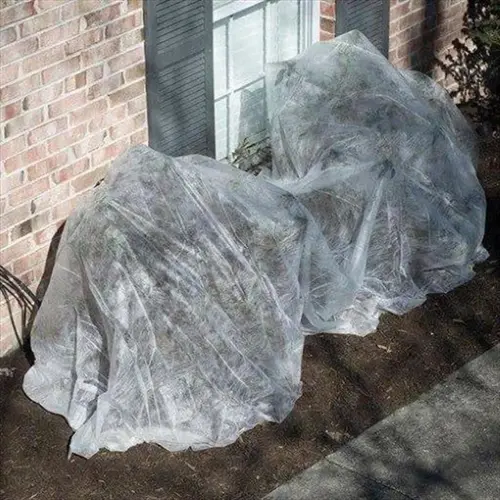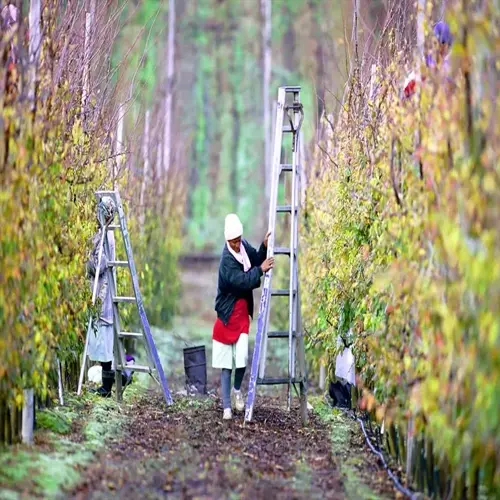How contagious is root rot between plants?

Written by
Tina Carter
Reviewed by
Prof. Martin Thorne, Ph.D.Root rot spreads rapidly between plants along several transmission routes. I learned this firsthand when one infected pothos plant infected five plants in two weeks. Fungal pathogens were spreading through the water, soil, and tools of the plants, creating a domino effect. Recognizing how root rot gets transmitted allows you to put up the best defenses to protect your whole collection from a large-scale loss.
Water-Based Spread
- Drainage water carries pathogens between pots
- Contaminated watering cans distribute spores
- Flooded saucers create pathogen highways
- I now use separate watering cans for each plant group
Soil and Tool Transfer
- Reused potting soil harbors dormant fungi
- Pruning tools spread infections between plants
- Infected root fragments contaminate fresh soil
- Always sterilize tools with 70% alcohol after use
Plant-to-Plant Contact
- Roots intertwining in dense arrangements
- Foliage contact transfers spore-laden soil
- New plants introduce undetected infections
- Maintain 4-6 inch spacing between containers
Implement strict quarantine protocols for all new plants. Keep newcomers isolated for three weeks in separate rooms. Inspect roots before joining the collection. I have dedicated certain tools for quarantine zone plants only. That saved my greenhouse when a store-bought orchid bore a hidden infection.
Sterilization completely disrupts the cycle of contagion. All I have to do is soak the instruments in 70 percent alcohol for five minutes between each plant. If I need to reuse pots, I place them in the oven at 180°F (82°C) for at least 30 minutes. I disinfect saucers with a 10 % bleach solution weekly. For large collections, I use color-coded tool sets for each section of the plants to avoid cross-contamination.
The most effective way to manage water is to prevent the spread of pathogens. Do not reuse drainage water from one plant to another. Place pots on pebble trays so runoff is not shared. Water in the early morning, so most evaporation occurs during the day, limiting spore activity. Use trays with individual reservoirs. These things provide physical barriers to pathogen spread related to water.
Monitor plants weekly for early signs of infection. Check your lower leaves for yellowing, and inspect your soil for any unusual odors. Set aside questionable plants immediately. With fast action and exclusion methods, you can maintain healthy collections; root rot is extremely contagious.
Read the full article: Spotting Signs of Root Rot Early

